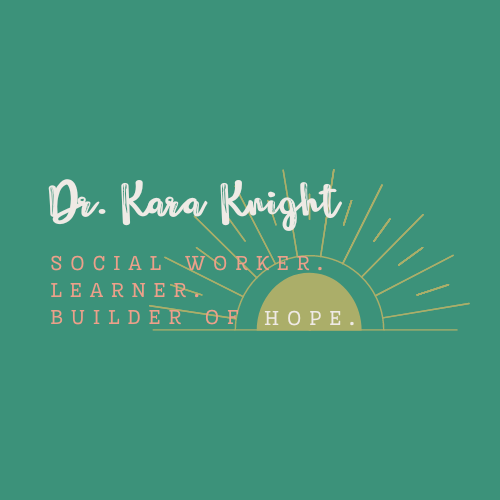
STEM stands for Science, Technology, Engineering and Mathematics and STEM is taking off in schools! STEM is imperative to learn and understand because it blends through countless facets of our lives. Additionally, technology is continuously expanding around us and STEM opportunities in school allows students to have hands-on experience with cutting edge problem solving, inventing, and creating that is beneficial to the learning process while being FUN!
A few weeks ago I came across an awesome hands-on activity through PBS Kids that I shared with another teacher in my school, Jordan Noice. Jordan and I loved the activity so much that we decided to work on the lesson together in her 2nd grade classroom. The activity in this post is inspired by PBS, but I also walk-through other ideas and planning resources that we created through collaboration.
*This lesson worked brilliantly for second grade, but I also believe that this lesson can be formatted and used for a multitude of grade levels.
Overall Lesson Synopsis
Materials
For each prototype we gave student group:
- 3 straws
- 4 lifesavers
- 1 piece of paper
- 2 paper clips
- 40 centimeters of tape
- Glue
- Scissors
*Students thought carefully about how they would use each material on the list, because once they cut, glue, or taped a material, they would not get a replacement until the next prototype was created. But, students could of course think outside of the box to establish ideas to reuse materials.
Logistics
- Place 3 to 4 students in each group, for the best collaboration possible
- Each group will get one set of materials for each prototype they create
- To make things even more interesting, you could also have student reuse the same materials for each prototype
Lesson Walk-through
*Goal: To build a straw mobile that can move the furthest by only blowing air
We broke the activity into 2 days or “stages” as we called it:
Day 1: Plan, Draw, and Build up to 3 Different Prototypes with Team (1 hour)
Here is our planning sheet we created for students. feel free to make a copy:
During this time period, students were able to draw and label their prototypes. Students found it beneficial to draw BEFORE they built because they said it “helped them think things through.” Student teams quickly sketched 3 different prototypes before they started building. Once they were ready to build, they focused on the prototype that they believed would be the most successful. If their prototype did not work out as planned, they looked at their other 2 drawings and prototype options to revise or start over.

Students also tested their mobile as they built it to see what mobile would go the farthest. Some students blew into a straw that they attached to their mobile to make it move, while others used part of a straw that was unattached to blow air onto their mobile.

Day 2: Test Prototypes, Rebuild Prototype, Test again & Reflect (1 hour)
Students then traveled to the hallway with their prototypes for an official testing round. Each group was allowed to blow air to their mobile car 10 times to see the distance that it would travel. Students quickly learned by seeing their mobile and other teams in action what worked and what did not. After our testing round, students went back to the classroom and to the drawing board with numerous ideas to try.

Students then spent additional time brainstorming and rebuilding their prototypes so it could be retested again as a class.
After building and testing their final prototype, we gained even more insight to what the mobile needed to move faster; Students shared these findings with the class:
- “The lighter the mobile is, the faster it moved.”
- “We did better when we did not use as much tape and paper.”
- “Ms. Welty’s mobile was shaped like an airplane and that helped it cut through air.”
- “The straw was the engine, so it worked when the straw saw the air on both sides.”
- “Most of the mobiles moved faster without the lifesaver wheels.”
The beautiful thing about this project is that students were engaged, empowered, and their wheels were constantly turning with ideas. I overheard one student calling himself an “inventor” because he found out that his mind was full of awesome ideas that he could put into action. We could have created more prototypes and students would have loved the opportunity of innovating once more.
Whether it is this lesson, or another STEM activity, give students opportunities like these to learn by DOING. Allowing students to be in the drivers seat of their own learning is powerful beyond words. Moreover, as an educator, it is a beautiful thing to see the creativity and spark that is born from students working together to create solutions.
![]()
